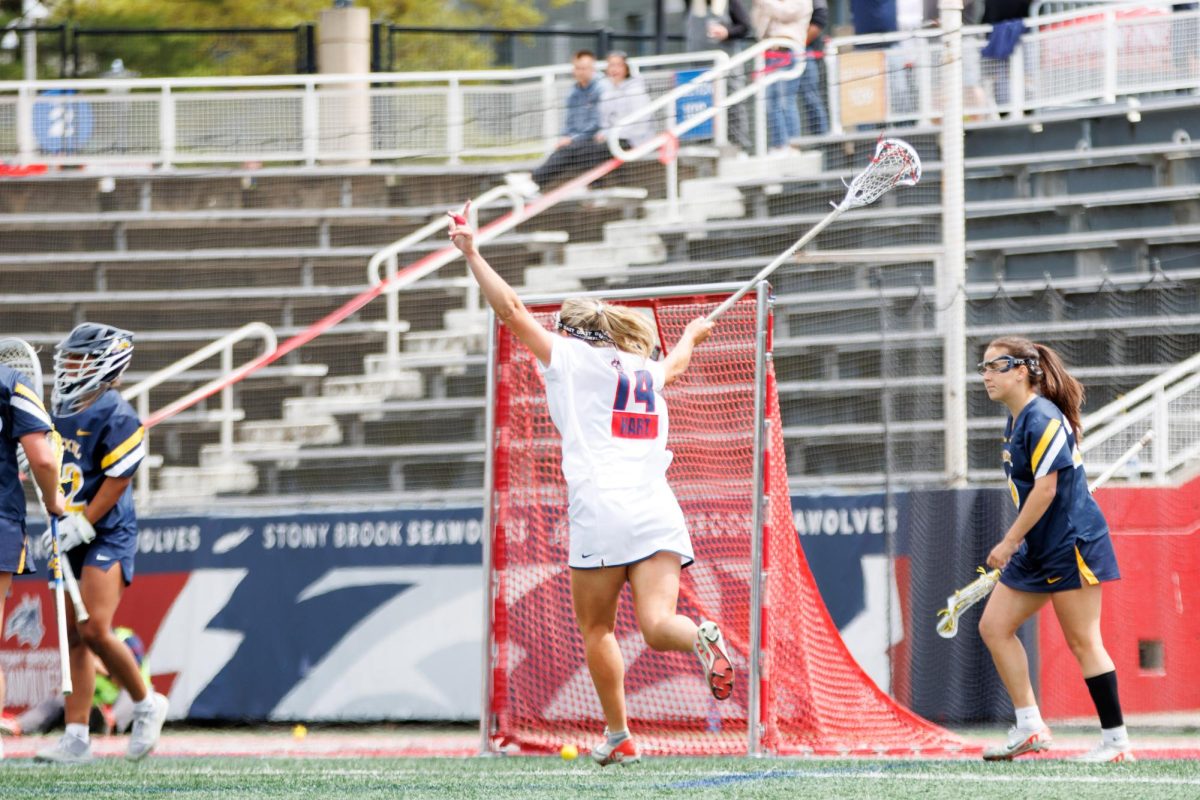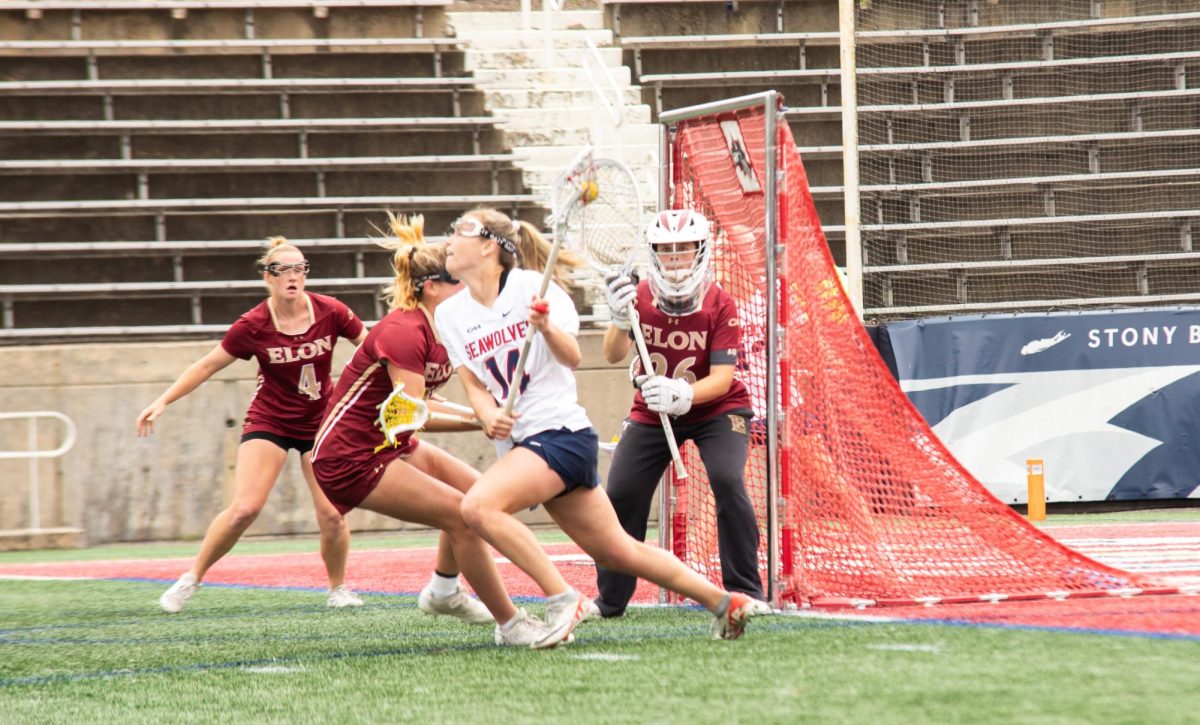With a campus that has strived to follow the “go green” trend by participating in events such as RecycleMania and creating a sustainable image, many students are trying to get Stony Brook University to see the need to make double-sided printing a default setting and eliminate print-job cover sheets.
“There has been an endless push to get rid of the cover sheets in SINC sites,” said Michelle Pizer, the president of the environmental club in an email. “But more importantly the environmental club had pushed for making double sided printing the default in all SINC sites. We have pursued these initiatives for many years.”
Back in 2006 the environmental club started a petition on Facebook to make double-sided, or duplex printing a default setting. The petition received between 715 and 740 signatures.
“I think we could save a lot of paper if people would double side all the time. We can’t count on students doing that even though there are signs suggesting to do so,” Pizer said. “If students really need to print single side then they can choose that option.”
According to Diana Voss, the manager of instructional computing support in the Teaching, Learning and Technology Department, default double-sided printing was tried, but the printers experienced mechanical problems as a result. In addition, Voss said that other problems included teachers disliking assignments in the format and students messing up their print jobs and wasting more paper.
“We recycle all of our toner and enforce a print quota. Before that lots of paper and toner was wasted,” Voss said. We try to encourage duplex?as many slides as possible to a page. We tried to print to recycled paper, but it was breaking the printer.”
According to Jim Denk, the student technology coordinator at SUNY Geneseo, students received a discount when they printed double sided and over the summer the college will be making duplex printing a default setting.
“We did a survey of students, faculty and staff about how they felt about the printing option,” Denk said. “There is still faculty and staff who prefer the single side printing and it is still an option, but for the most part everyone was supportive of making the changes.”
According to the survey, which was posted on the Geneseo website, 61 percent strongly supported the change. The Teaching, Learning and Technology department at Stony Brook is working on a similar type of survey that will be released next year, Voss said.
Last semester, Greg Cordts, a freshman computer science major, started an online petition and Facebook group to get rid of the SINC site cover sheets.
“The cover sheets don’t really add anything extra to the printing process,” Cordts said in an email. “[They] really just serve as a waste of paper for each and every document printed.”
According to Voss, the department tried to remove the cover sheets, but it created problems because students could not figure out which assignments were theirs.
Daniel Kennedy and Alicia Kanauer along with three other students planned a sustainability project with a budget of $500,000 for their Science and Society 101 class, this semester. The project aimed to remove the cover sheets.
“I feel that the SINC site cover sheets are superfluous and contradict the university’s strong sustainable views,” said Kennedy, a pre-med freshman, who came up with the idea. “No one really uses them, and they even have trashcans set up next to printers, seemingly for those sheets.”
Kanauer, a freshman social-welfare major, put together the presentation for the class.
“The concept was quite simple. The cover sheets serve a very limited scope of information: number of pages/job, remaining balance, price, and not much more that is actually useful to the student. With the exception of separating different peoples’ print jobs, this purpose can all be fulfilled with the computer’s information.”
According to Voss the number of sheets of paper printed in the Library SINC sites has decreased since 2006.
“It is my hope that they are becoming more conscientious of what they are printing,” Voss said. From August 2006 to August 2007, students used 7, 515,000 sheets of paper. From 2007 to 2008 the number dropped to 6, 785,000.
“I feel the University has been extremely active in “going green,” though some of the efforts are a bit outlandish,” Cordts said. “I saw signs at the Union urging students to stop using lunch trays to cut down on the use of “harmful cleaning chemicals.” To me that seems a bit silly. Simple efforts to save paper don’t inconvenience anyone, and are just as effective at cutting down waste.”










